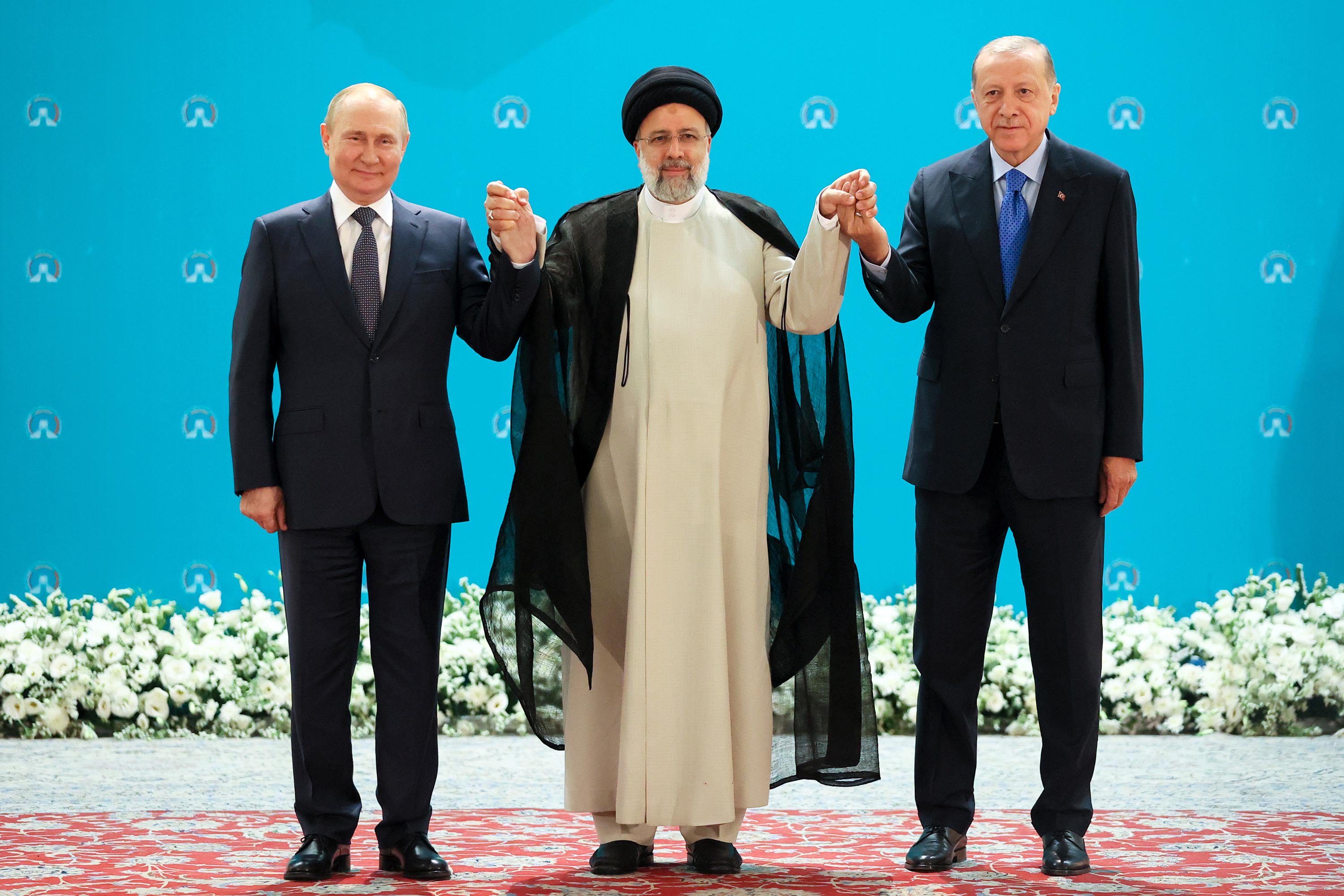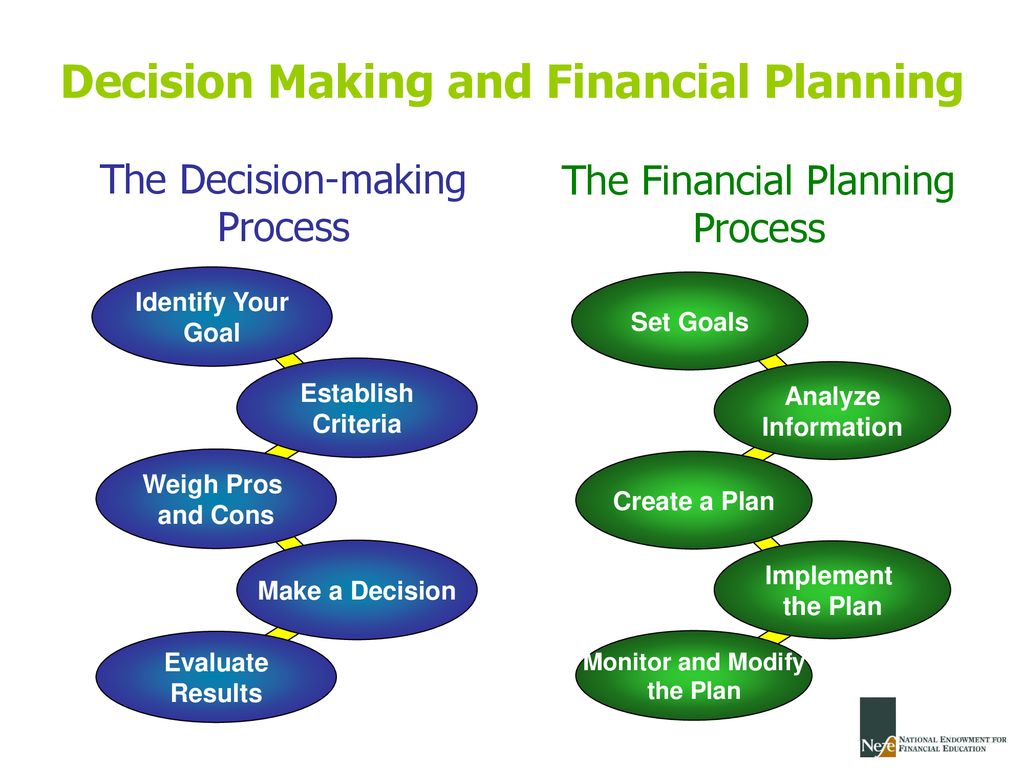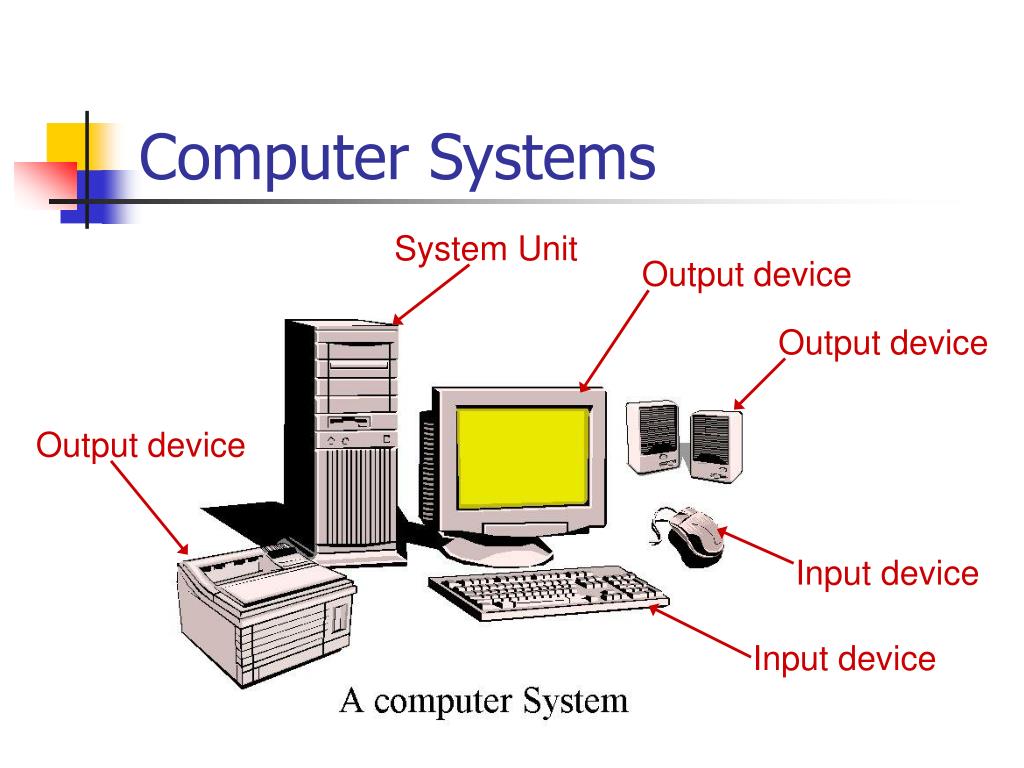What is hetastarch. Hetastarch (Hespan): Uses, Side Effects, Dosage, and Warnings
What is hetastarch used for. How does hetastarch work in the body. What are the potential side effects of hetastarch. How is hetastarch administered. Who should not receive hetastarch. What precautions should be taken when using hetastarch. How does hetastarch interact with other medications.
Understanding Hetastarch: A Vital Plasma Expander
Hetastarch, also known by its brand name Hespan, is a crucial medication used in emergency medical situations. This synthetic colloid solution is derived from natural starch sources and plays a significant role in maintaining blood volume in critical conditions. But what exactly is hetastarch, and how does it function within the body?
Hetastarch is a type of hydroxyethyl starch that acts as a plasma expander. When administered intravenously, it increases the volume of blood plasma, which is essential for circulating red blood cells and delivering oxygen throughout the body. This property makes hetastarch invaluable in treating or preventing hypovolemia, a condition characterized by decreased blood plasma volume, often referred to as “shock”.

Primary Uses of Hetastarch
- Treatment of hypovolemia
- Prevention of shock in severe injuries
- Management of blood loss during surgery
- Addressing plasma volume depletion in burn victims
- Stabilizing patients with other forms of trauma
Healthcare providers typically administer hetastarch in clinical settings where rapid plasma expansion is necessary to maintain cardiovascular stability and organ perfusion.
Mechanism of Action: How Hetastarch Works in the Body
To fully appreciate the benefits of hetastarch, it’s crucial to understand its mechanism of action. How does this compound effectively increase blood plasma volume?
When infused into the bloodstream, hetastarch molecules act as osmotic agents. Their large size and branching structure allow them to attract and retain water within the vascular space. This oncotic effect draws fluid from the interstitial spaces into the blood vessels, effectively expanding the plasma volume.
The expansion of plasma volume has several immediate effects:

- Increased blood pressure
- Improved tissue perfusion
- Enhanced oxygen delivery to organs and tissues
- Stabilization of hemodynamics in shock states
The molecular structure of hetastarch is designed to mimic the plasma-expanding properties of human albumin, making it a synthetic alternative in situations where natural plasma products are unavailable or contraindicated.
Critical Considerations: Who Should Not Receive Hetastarch?
While hetastarch can be life-saving in many scenarios, it is not suitable for everyone. Certain conditions and patient characteristics preclude its use. Who should avoid hetastarch treatment?
- Individuals with known allergies to hetastarch or corn-based products
- Patients with bleeding or blood clotting disorders
- Those with pre-existing kidney disease
- Individuals diagnosed with congestive heart failure
- Patients experiencing urination problems not related to hypovolemia
Additionally, caution is advised for patients with liver disease or a history of heart conditions. The safety profile of hetastarch in pregnancy is not fully established, with the FDA classifying it as pregnancy category C. This classification indicates that animal studies have shown adverse effects on the fetus, but there are no adequate studies in humans.

For nursing mothers, the excretion of hetastarch in breast milk and its potential effects on infants are unknown. Healthcare providers must carefully weigh the potential risks and benefits before administering hetastarch to pregnant or breastfeeding individuals.
Administering Hetastarch: Dosage and Guidelines
The proper administration of hetastarch is crucial for its efficacy and safety. How is hetastarch typically given to patients?
Hetastarch is administered intravenously by healthcare professionals in controlled medical settings. The dosage is carefully calculated based on the patient’s condition, body weight, and specific clinical parameters. It is usually given as an infusion, with the rate and duration determined by the severity of the patient’s hypovolemia and their response to treatment.
Key Points in Hetastarch Administration:
- Dosage is individualized and based on clinical assessment
- Infusion rates are adjusted according to patient response
- Continuous monitoring of vital signs and fluid balance is essential
- Treatment duration is typically limited to avoid potential complications
Healthcare providers must be vigilant for signs of fluid overload or adverse reactions during hetastarch infusion. The goal is to achieve hemodynamic stability while minimizing the risk of complications.

Potential Side Effects and Complications of Hetastarch Use
As with any medical intervention, hetastarch carries the risk of side effects and potential complications. What adverse reactions should patients and healthcare providers be aware of?
Common side effects of hetastarch are generally mild and may include:
- Mild itching or skin rash
- Headache
- Muscle pain
- Swollen glands
- Mild flu-like symptoms
However, more serious adverse reactions can occur, necessitating immediate medical attention:
Severe Side Effects Requiring Urgent Care:
- Signs of allergic reaction (hives, difficulty breathing, facial swelling)
- Wheezing, rapid breathing, or anxiety
- Weak pulse or slow breathing
- Chest pain, fever, or persistent cough
- Unusual bleeding or bruising
- Severe headache or vision changes
- Neurological symptoms (tremors, speech problems, mental changes)
- Severe skin reactions (blistering, peeling)
Of particular concern is the potential for hetastarch to cause kidney damage. Patients should be monitored for symptoms such as swelling, rapid weight gain, changes in urine output, or difficulty urinating.

Interactions and Precautions: Maximizing Safety with Hetastarch
To ensure the safe use of hetastarch, healthcare providers must consider potential drug interactions and take necessary precautions. What factors influence the safety profile of hetastarch?
While specific drug interactions are not prominently highlighted for hetastarch, its effects on blood volume and coagulation can potentially interact with other medications that affect these systems. Patients taking anticoagulants or those with bleeding disorders require careful monitoring.
Precautions to Consider:
- Regular monitoring of renal function, especially in at-risk patients
- Vigilance for signs of fluid overload in patients with cardiovascular issues
- Caution in patients with liver disease due to potential coagulation effects
- Consideration of alternative treatments in patients with known allergies to starches
- Careful assessment of risk-benefit ratio in pregnant or breastfeeding individuals
Healthcare providers should obtain a comprehensive medical history and conduct appropriate tests before administering hetastarch, especially in emergency situations where time allows.

Long-Term Considerations and Follow-Up Care After Hetastarch Treatment
While hetastarch is primarily used for acute situations, its effects can have implications for patient care beyond the immediate treatment period. What long-term considerations should be taken into account?
Patients who have received hetastarch may require follow-up care to monitor for delayed reactions or complications. This is particularly important for renal function, as the effects on the kidneys can manifest days after administration.
Post-Treatment Monitoring:
- Regular assessment of kidney function through blood tests
- Monitoring of fluid and electrolyte balance
- Vigilance for signs of delayed allergic reactions
- Evaluation of cardiovascular status, especially in patients with pre-existing conditions
- Assessment of wound healing and recovery in surgical patients
Healthcare providers should educate patients about potential delayed symptoms to report and schedule appropriate follow-up appointments to ensure optimal recovery and detect any long-term effects of hetastarch administration.

Advancements and Alternatives in Plasma Expansion Therapy
As medical science progresses, research continues to explore alternatives and improvements to existing plasma expanders like hetastarch. What recent developments have emerged in this field?
While hetastarch remains a valuable tool in emergency medicine, concerns about its effects on renal function and coagulation have led to the development of newer synthetic colloids and a reassessment of traditional crystalloid solutions.
Emerging Alternatives and Research Directions:
- Development of modified starches with improved safety profiles
- Exploration of synthetic albumin products
- Renewed interest in balanced crystalloid solutions for volume expansion
- Investigation of novel bioengineered plasma expanders
- Research into targeted therapies for specific types of shock and hypovolemia
These advancements aim to provide effective plasma expansion while minimizing the risk of adverse effects associated with traditional colloid solutions like hetastarch. Healthcare providers must stay informed about these developments to offer the most appropriate treatment options to their patients.

As research continues, the role of hetastarch in emergency medicine may evolve, with more tailored approaches to plasma expansion based on individual patient characteristics and specific clinical scenarios. The goal remains to provide effective, safe, and personalized care in critical situations where rapid volume expansion is essential for patient survival and recovery.
Hetastarch (Hespan) – Side Effects, Interactions, Uses, Dosage, Warnings
Reviewed:
Hetastarch (hydroxyethyl starch) is made from natural sources of starch. Hetastarch increases the volume of blood plasma that can be lost from bleeding or severe injury. Plasma is needed to circulate red blood cells that deliver oxygen throughout the body.
Hetastarch is used to treat or prevent hypovolemia (decreased blood plasma volume, also called “shock”) that may occur as a result of serious injury, surgery, severe blood loss, burns, or other trauma.
Hetastarch may also be used for purposes not listed in this medication guide.
uses
What is Hetastarch (Hespan) used for?
- Hypovolemia
warnings
What is the most important information I should know about Hetastarch (Hespan)?
You should not receive this medication if you are allergic to hetastarch, or if you have:
- a bleeding or blood clotting disorder;
- kidney disease;
- congestive heart failure; or
- urination problems not caused by hypovolemia (decreased blood plasma volume).

If possible before you receive hetastarch, tell your doctor if you have:
- liver disease;
- a history of heart disease; or
- if you are allergic to corn.
FDA pregnancy category C. It is not known whether hetastarch will harm an unborn baby. Tell your doctor if you are pregnant or plan to become pregnant while using this medication.
It is not known whether hetastarch passes into breast milk or if it could harm a nursing baby. Tell your doctor if you are breast-feeding a baby.
In an emergency situation it may not be possible to tell your caregivers about your health conditions, or if you are pregnant or breast-feeding. Make sure any doctor caring for your pregnancy or your baby knows you have received this medicine.
User Reviews & Rating
No ratings yet for Hetastarch (Hespan)
Leave a Review
Side Effects
What are the side effects of Hetastarch (Hespan)?
Get emergency medical help if you have any of these signs of an allergic reaction: hives; difficulty breathing; swelling of your face, lips, tongue, or throat.
Tell your caregivers right away if you have:
- wheezing or gasping for breath, rapid breathing, sweating, and anxiety;
- a light-headed feeling, like you might pass out;
- weak pulse, slow breathing;
- chest pain, fever, chills, cough; or
- easy bruising, unusual bleeding, or any bleeding that will not stop.
Rare but serious side effects may include:
- severe headache, vision or speech problems, mental changes;
- drooping eyelids, loss of feeling in your face, tremors, trouble swallowing; or
- severe skin reaction — fever, sore throat, swelling in your face or tongue, burning in your eyes, skin pain, followed by a red or purple skin rash that spreads (especially in the face or upper body) and causes blistering and peeling.
Hetastarch can harm your kidneys. Call your doctor at once if you have any of these symptoms of kidney damage: swelling, rapid weight gain, unusual tiredness, nausea, vomiting, feeling short of breath, red or pink urine, painful or difficult urination, or little or no urinating.
Common side effects may include:
- mild itching or skin rash;
- mild headache;
- muscle pain; or
- swollen glands, mild flu symptoms.
This is not a complete list of side effects and others may occur. Call your doctor for medical advice about side effects. You may report side effects to FDA at 1-800-FDA-1088.
Pregnancy & Breastfeeding
Can I take Hetastarch (Hespan) if I’m pregnant or breastfeeding?
FDA pregnancy category C. It is not known whether hetastarch will harm an unborn baby. Tell your doctor if you are pregnant or plan to become pregnant while using this medication.
It is not known whether hetastarch passes into breast milk or if it could harm a nursing baby. Tell your doctor if you are breast-feeding a baby.
Interactions
What drugs and food should I avoid while taking Hetastarch (Hespan)?
Follow your doctor’s instructions about any restrictions on food, beverages, or activity.
Dosage Guidelines & Tips
How to take Hetastarch (Hespan)?
Use Hetastarch (Hespan) exactly as directed on the label, or as prescribed by your doctor. Do not use in larger or smaller amounts or for longer than recommended.
Do not use in larger or smaller amounts or for longer than recommended.
What should I do if I missed a dose of Hetastarch (Hespan)?
Because you will receive hetastarch in a clinical setting, you are not likely to miss a dose.
Overdose Signs
What happens if I overdose on Hetastarch (Hespan)?
Since hetastarch is given by a healthcare professional in a medical setting, an overdose is unlikely to occur.
If you think you or someone else may have overdosed on: Hetastarch (Hespan), call your doctor or the Poison Control center
(800) 222-1222
If someone collapses or isn’t breathing after taking Hetastarch (Hespan), call 911
911
Find Another Drug
Search prescription drugs, over-the counter medications, and supplements
Medical Disclaimer
Drugs A-Z provides drug information from Everyday Health and our partners, as well as ratings from our members, all in one place. Cerner Multum™ provides the data within some of the Overview, Uses, Warnings, Side Effects, Pregnancy, Interactions, Dosage, Overdose, and Images sections. The information within all other sections is proprietary to Everyday Health.
The information within all other sections is proprietary to Everyday Health.
Hetastarch Uses, Side Effects & Warnings
Generic name: hetastarch [ HET-a-starch ]
Brand names: Hespan, Hextend
Dosage form: intravenous solution (60 mg/mL-LR; 60 mg/mL-NaCl 0.9%)
Drug class: Plasma expanders
Medically reviewed by Drugs.com on Jul 19, 2022. Written by Cerner Multum.
What is hetastarch?
Hetastarch (hydroxyethyl starch) is made from natural sources of starch. Hetastarch increases the volume of blood plasma that can be lost from bleeding or severe injury. Plasma is needed to circulate red blood cells that deliver oxygen throughout the body.
Hetastarch is used to treat or prevent hypovolemia (decreased blood plasma volume, also called “shock”) that may occur as a result of serious injury, surgery, severe blood loss, burns, or other trauma.
Hetastarch may also be used for purposes not listed in this medication guide.
Warnings
You should not receive this medication if you have a bleeding or blood clotting disorder, congestive heart failure, kidney disease, or urination problems not caused by hypovolemia (decreased blood plasma volume).
Hetastarch can harm your kidneys. Call your doctor at once if you have any of these symptoms of kidney damage: swelling, rapid weight gain, unusual tiredness, nausea, vomiting, feeling short of breath, red or pink urine, painful or difficult urination, or little or no urinating.
Before taking this medicine
You should not receive this medication if you are allergic to hetastarch, or if you have:
a bleeding or blood clotting disorder;
kidney disease;
congestive heart failure; or
urination problems not caused by hypovolemia (decreased blood plasma volume).
If possible before you receive hetastarch, tell your doctor if you have:
FDA pregnancy category C. It is not known whether hetastarch will harm an unborn baby. Tell your doctor if you are pregnant or plan to become pregnant while using this medication.
It is not known whether hetastarch will harm an unborn baby. Tell your doctor if you are pregnant or plan to become pregnant while using this medication.
It is not known whether hetastarch passes into breast milk or if it could harm a nursing baby. Tell your doctor if you are breast-feeding a baby.
In an emergency situation it may not be possible to tell your caregivers about your health conditions, or if you are pregnant or breast-feeding. Make sure any doctor caring for your pregnancy or your baby knows you have received hetastarch.
How is hetastarch given?
Hetastarch is injected into a vein through an IV. A healthcare provider will give you this injection.
Your breathing, blood pressure, oxygen levels, kidney function, and other vital signs will be watched closely while you are receiving hetastarch. Your blood will also need to be tested daily during treatment.
What happens if I miss a dose?
Because you will receive hetastarch in a clinical setting, you are not likely to miss a dose.
What happens if I overdose?
Since hetastarch is given by a healthcare professional in a medical setting, an overdose is unlikely to occur.
What should I avoid after receiving hetastarch?
Follow your doctor’s instructions about any restrictions on food, beverages, or activity.
Hetastarch side effects
Get emergency medical help if you have any of these signs of an allergic reaction: hives; difficulty breathing; swelling of your face, lips, tongue, or throat.
Tell your caregivers right away if you have:
wheezing or gasping for breath, rapid breathing, sweating, and anxiety;
a light-headed feeling, like you might pass out;
weak pulse, slow breathing;
chest pain, fever, chills, cough; or
easy bruising, unusual bleeding, or any bleeding that will not stop.
Rare but serious side effects may include:
severe headache, vision or speech problems, mental changes;
drooping eyelids, loss of feeling in your face, tremors, trouble swallowing; or
severe skin reaction — fever, sore throat, swelling in your face or tongue, burning in your eyes, skin pain, followed by a red or purple skin rash that spreads (especially in the face or upper body) and causes blistering and peeling.

Hetastarch can harm your kidneys. Call your doctor at once if you have any of these symptoms of kidney damage: swelling, rapid weight gain, unusual tiredness, nausea, vomiting, feeling short of breath, red or pink urine, painful or difficult urination, or little or no urinating.
Common side effects of hetastarch may include:
mild itching or skin rash;
mild headache;
muscle pain; or
swollen glands, mild flu symptoms.
This is not a complete list of side effects and others may occur. Call your doctor for medical advice about side effects. You may report side effects to FDA at 1-800-FDA-1088.
Hetastarch dosing information
Usual Adult Dose for Hypovolemia:
Dosage for Acute Use in Plasma Volume Expansion: 500 to 1000 mL IV
Maintenance dose: Total dosage and rate of infusion depends on the amount of blood or plasma lost and the resultant hemoconcentration.
Maximum dose: Doses more than 1500 mL per day (approximately 20 mL per kg of body weight) are usually not required although higher doses have been used in postoperative and trauma patients with severe blood loss.
Dosage in Leukapheresis: 250 to 700 mL to which citrate anticoagulant has been added and administered to the input line of the centrifugation apparatus at a ratio of 1:8 to 1:13 to venous whole blood.
Comments:
-Hetastarch and citrate should be thoroughly mixed to assure effective anticoagulation.
-Hetastarch admixtures of 500 to 560 mL with citrate concentrations up to 2.5% are compatible for 24 hours at room temperature.
Uses:
-For treatment of hypovolemia when plasma volume expansion is desired
-This drug in leukapheresis improves the harvesting and increasing the yield of granulocytes by centrifugal means
What other drugs will affect hetastarch?
Other drugs may interact with hetastarch, including prescription and over-the-counter medicines, vitamins, and herbal products. Tell each of your health care providers about all medicines you use now and any medicine you start or stop using.
Tell each of your health care providers about all medicines you use now and any medicine you start or stop using.
More about hetastarch
- Compare alternatives
- Pricing & coupons
- Side effects
- Dosage information
- During pregnancy
- Drug class: plasma expanders
- En español
Patient resources
- Advanced Reading
- Hetastarch/sodium chloride (Advanced Reading)
Other brands
Hextend, Hespan
Professional resources
- Prescribing Information
Related treatment guides
- Blood Disorders
- Hypovolemia
Further information
Remember, keep this and all other medicines out of the reach of children, never share your medicines with others, and use this medication only for the indication prescribed.
Always consult your healthcare provider to ensure the information displayed on this page applies to your personal circumstances.
Medical Disclaimer
Copyright 1996-2023 Cerner Multum, Inc. Version: 2.02.
Hetastarch: side effects, dosages, treatments, interactions, warnings
Getastarkh
Checked on 01/13/2020
- What is
- What is Hetastarch used for and how does it work?
- Side effects
- What side effects are associated with the use of Hetastarch?
- Drug interactions
- What other drugs interact with Hetastarch?
- Warning and precautions
- What are the warnings and precautions for Hetastarch?
Brand Name and Other Names: Hespan, Hextend
Generic Name: Hetastarch
Drug Class: Volume Expanders
What is Hetastarch used for and how does it work?
can i take benadryl and claritin
Hetastarch is used to treat low blood volume (hypovolemia) and to remove white blood cells from a blood draw (leukapheresis).
Hetastarch is available under the following brand names: Hespan and Hextend.
Hetastarch dosages:
Dosage forms and strengths
Injection solution
- 6% hydroxyethyl starch in 0.9% NaCl (Hespan)
- 6% hydroxyethyl starch in lactate electrolyte solution (Hextend )
Dosage recommendations – to be considered as follows:
Hypovolemia, adults and geriatrics
- 500-1000 ml (30-60 g) iv
- Not more than 1500 ml/day (20 ml/kg )
- Monitor: complete blood count with differential, Hgb, Hct, PT, PTT
Hypovolemia, pediatrics (off label)
- 10 ml/kg/dose
- Max. 20 ml / kg
Leukapheresis for adults and the elderly
- 250-700 ml Hespan with added citrate anticoagulant
- Ratio 1:8 to 1:13 to venous whole blood
- Monitor: complete blood count with differential, Hgb, Hct, PT, PTT 90 012
Leukapheresis , pediatric (off label)
- 250-700 ml Horse
- Infused at a ratio of 1:8 to 1:13 to venous whole blood
- Monitor: complete blood count with differentials, Hgb, Hct, PT, PTT
Renal failure
- CrCl less than 10 ml/min: After the usual initial dose, reduce subsequent doses by 20-50% of normal.

What side effects are associated with the use of Hetastarch?
Common side effects of Hetastarch include:
- Anaphylaxis (swelling around the eyes, urticaria, wheezing, mild fever)
- Chills
- Flu-like symptoms
- Muscle pain
- Swelling of extremities
- Headache
- Itching
- Vomiting
- Salivary gland enlargement
This document does not contain all possible side effects that may occur. For more information about side effects, please consult your doctor.
What other drugs interact with Hetastarch?
If your doctor has advised you to use this medicine, your doctor or pharmacist may already be aware of any possible drug interactions and can monitor you for them. Do not start, stop, or change the dosage of any medicine without talking to your doctor, health care provider, or pharmacist.
Hetastarch does not have any serious drug interactions listed.
Hetastarch does not have any serious drug interactions listed.
Hetastarch does not have listed mild drug interactions.
Hetastarch does not have listed mild interactions with other drugs.
What are the warnings and precautions for Hetastarch?
Precautions
This medicine contains hetastarchat. Do not take Hespan or Hextend if you are allergic to hetastarch or any of the ingredients in this medicine.
Black box warnings
- Avoid use in patients with pre-existing renal dysfunction.
- Stop use at first sign of kidney damage.
- Renal replacement therapy has been reported up to 90 days after administration; continue to monitor renal function for at least 90 days in all patients
- Avoid use in patients undergoing open heart surgery combined with cardiopulmonary bypass due to excessive bleeding.
- Stop at the first sign of coagulopathy
Contraindications.
- Hypersensitivity to hetastarch.

- Severe bleeding disorders, severe congestive heart failure, severe renal failure.
Consequences of drug abuse
- No information available.
Short-term effects
- See “What side effects are associated with the use of Hetastarch?”
Long-term effects
- See “What side effects are associated with the use of Hetastarch?”
Warnings
- Corn allergy, liver disease, kidney failure, thrombocytopenia
- Risk of pulmonary edema or congestive heart failure
- Possibility of circulatory overload
- Hetastarch in varnish tatny solution contains potassium and sodium.
- Hextend should not be used in leukapheresis or lactic acidosis.
Pregnancy and lactation
Hetastarch should be used with caution during pregnancy if the benefits outweigh the risks. Animal studies show a risk and no human studies are available or studies in animals or humans have not been conducted.
It is not known if hetastarch passes into breast milk. Avoid using hetastarch while breastfeeding.
Recommendations https://reference.medscape.com/drug/hespan-hextend-hetastarch-342427
Hespan, hextend (hetastarch) side effects, interactions, uses and drug imprint
Brand names: Hespan, Hextend
Generic name: hetastarch
What is hetastarch (Hespan, Hextend)?
Hetastarch (hydroxyethyl starch) is made from natural starch sources. Hetastarch increases the volume of blood plasma that can be lost due to bleeding or serious injury. Plasma is essential for the circulation of red blood cells, which deliver oxygen throughout the body.
Hetastarch is used to treat or prevent hypovolemia (decreased blood plasma volume, also called “shock”) that can occur as a result of serious injury, surgery, severe blood loss, burns, or other trauma.
Hetastarch may also be used for purposes not listed in this medication guide.
What are the possible side effects of hetastarch (Hespan, Hextend)?
Get emergency medical help if you have any of these signs of an allergic reaction: hives; labored breathing; swelling of the face, lips, tongue, or throat.
Tell your caregivers right away if you have:
- shortness of breath or trouble breathing, fast breathing, sweating and restlessness;
- light-headed feeling, as if you might pass out;
- weak pulse, slow breathing;
- chest pain, fever, chills, cough; or
- easy bruising, unusual bleeding, or any bleeding that won’t stop.
Rare but serious side effects may include:
- severe headache, problems with vision or speech, mental changes;
- drooping eyelids, facial numbness, trembling, trouble swallowing; or
- serious skin reaction – fever, sore throat, swelling of the face or tongue, burning eyes, skin pain accompanied by a red or purple skin rash that spreads (especially on the face or upper body) and causes blistering and peeling.

Hetastarch may harm your kidneys. Call your doctor right away if you have any of these symptoms of kidney damage : swelling, rapid weight gain, unusual tiredness, nausea, vomiting, feeling short of breath, red or pink urine, painful or difficult urination, or little or no lack of urination.
Common side effects may include:
- mild itching or skin rash;
- mild headache;
- muscle pain; or
- swollen glands, mild flu symptoms.
This is not a complete list of side effects and others may occur. Ask your doctor about side effects. You can report side effects to the FDA at 1-800-FDA-1088.
What is the most important information I should know about hetastarch (Hespan, Hextend)?
You should not receive this medicine if you have bleeding or a bleeding disorder, congestive heart failure, kidney disease, or urinary problems not caused by hypovolemia (decreased blood plasma volume).
Hetastarch may harm your kidneys. Call your doctor right away if you have any of these symptoms of kidney damage: swelling, rapid weight gain, unusual tiredness, nausea, vomiting, feeling short of breath, red or pink urine, painful or difficult urination, or little or no urination .
What should I discuss with my doctor before I receive hetastarch (Hespan, Hextend)?
You should not receive this drug if you are allergic to hetastarch or if you have:
- a bleeding or blood clotting disorder;
- Kidney disease;
- chronic heart failure; or
- urinary problems not caused by hypovolemia (decreased plasma volume).
If possible, before you receive hetastarch, tell your doctor if you have:
- liver disease;
- history of heart disease; or
- If you are allergic to corn.
FDA pregnancy category C. It is not known whether hetastarch will harm an unborn baby. Tell your doctor if you are pregnant or plan to become pregnant while using this medicine.
Tell your doctor if you are pregnant or plan to become pregnant while using this medicine.
It is not known whether hetastarch passes into breast milk or if it could harm a nursing baby. Tell your doctor if you are breastfeeding a baby.
In an emergency, it may not be possible to tell your caregivers about your health and whether you are pregnant or breastfeeding. Make sure any doctor who cares about your pregnancy or your child knows you have received this medicine
How is hetastarch (Hespan, Hextend) given?
Hetastarch is injected into a vein through an IV. The health worker will give you this injection.
Your breathing, blood pressure, oxygen levels, kidney function and other vital signs will be monitored closely while you are taking hetastarch. Your blood will also need to be checked daily during treatment.
What happens if I miss a dose (Hespan, Hextend)?
Since you will be receiving hetastarch in a clinical setting, you are unlikely to miss a dose.




